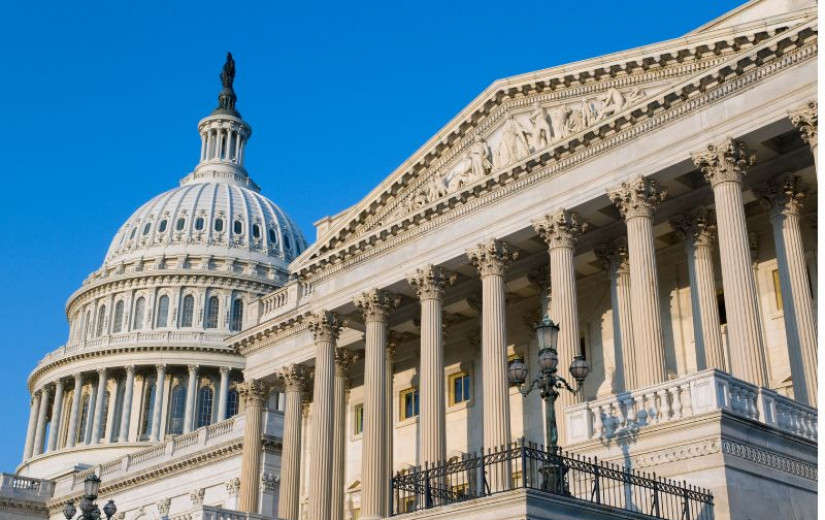

The Reserve Bank of India is considering a major overhaul in the regulations of asset reconstruction companies (ARCs) in current fiscal, which include acquiring assets from more institutions, expanding the set of buyers who can invest in security receipts (SRs) and capital raising by ARCs, sources said.
With corporates veering towards non-bank sources of funding such as alternative investment funds and mutual funds, asset reconstruction companies (ARCs) want the scope of their activities expanded to include acquisition of stressed financial assets from these financial intermediaries.
Currently, ARCs can acquire fund and non-fund based financial assets only from banks and financial institutions.
“The nature of debt is changing. Companies are increasingly raising funds from non-bank avenues. Mutual funds, in particular, are gaining wider adoption. In this view, the RBI is likely to allow ARCs to acquire stressed financial assets from all regulated entities, including AIFs, FPIs, AMCs making investment on behalf of MFs and from retail investors in FY26,” a source said.
The RBI did not respond to businessline queries till press time.
RBI Governor Sanjay Malhotra, in his August bi-monthly monetary policy statement, said while the flow of non-food bank credit during FY25 reduced by about ₹3.4 lakh crore to almost ₹18 lakh crore, the flow from non-bank sources more than made up for this decrease. The total flow of resources from non-banks (including domestic and foreign sources) increased by ₹4.3 lakh crore to ₹16.8 lakh crore in FY25.
“Banks are focusing more on retail lending. Resource raising by corporate is gradually shifting to various AIFs and mutual funds. The whole private credit landscape is evolving fast. A lot of resource mobilisation is happening through the bond market, where the investors are largely mutual funds, insurance companies. Since the credit landscape is changing, from ARC’s perspective, the stress asset landscape will also change,” said the chief of an ARC.
Qualified buyers
The list of eligible qualified buyers who can invest and trade in SRs issued by ARCs is likely to be expanded to include high net worth individuals (HNIs) with minimum investment of ₹1 crore, corporates with over ₹10 crore net worth, trusts, family offices, pension funds and distressed asset funds.
This is subject to defaulting promoters not gaining access to secured assets through SRs, and corporates being disallowed from investing in SRs issued by ARCs that are related parties. This move is aimed at enhancing the liquidity of SR market by way of listing and trading of SRs.
Fresh capital
To aid ARCs raise fresh capital, the RBI could allow investors to pick up to 20 per cent stake in an ARC without prior regulatory approval, from 10 per cent currently, as suggested by the RBI appointed Sudarshan Sen committee in 2021.
Dues acquired by ARCs rose by 17 per cent year-on-year (y-o-y) to ₹1.71 lakh crore in FY25, excluding one-time SASF dues acquisition of ₹4.22 lakh crore. ARCs issued SRs amounting to ₹37,511 crore in FY25, 13 per cent higher than FY24. SR redemptions rose by 30 per cent to ₹43,256 crore in FY25, while net SR outstanding fell 4 per cent on-year to ₹5,745 crore in FY25.
More Like This
Published on September 21, 2025









